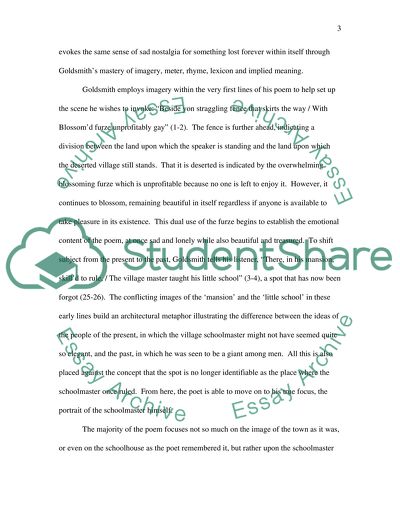Cite this document
(“A critical commentary on 'The Village Schoolmaster' by O. Goldsmith Essay”, n.d.)
Retrieved from https://studentshare.org/miscellaneous/1540005-a-critical-commentary-on-the-village-schoolmaster-by-o-goldsmith
Retrieved from https://studentshare.org/miscellaneous/1540005-a-critical-commentary-on-the-village-schoolmaster-by-o-goldsmith
(A Critical Commentary on 'The Village Schoolmaster' By O. Goldsmith Essay)
https://studentshare.org/miscellaneous/1540005-a-critical-commentary-on-the-village-schoolmaster-by-o-goldsmith.
https://studentshare.org/miscellaneous/1540005-a-critical-commentary-on-the-village-schoolmaster-by-o-goldsmith.
“A Critical Commentary on 'The Village Schoolmaster' By O. Goldsmith Essay”, n.d. https://studentshare.org/miscellaneous/1540005-a-critical-commentary-on-the-village-schoolmaster-by-o-goldsmith.


